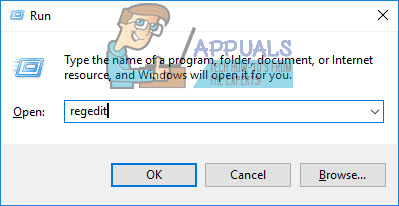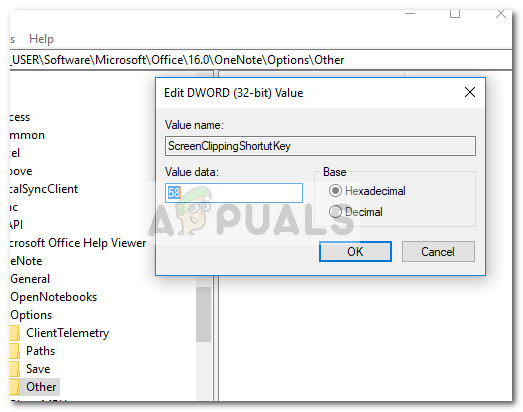How to Change OneNote Screen Clipping Shortcut on Windows?
If you find yourself using OneNote quite often, you might be familiar with the popular Win + Shift + S shortcut that allows you to insert a screen clipping into the active OneNote page. Well, that’s no longer applicable starting with the Creators Update because Microsoft decided to make the Win + Shift + S shortcut the global hotkey for capturing a particular screen region from any active application and store it to the clipboard.

Although this might sound like a nice addition, it might not be good news for those of you that are active users of OneNote shortcuts. The fact that the Win + Shift + S shortcut got elevated to a global hotkey also means that you will no longer be able to use this keyboard shortcut to paste a screen clipping into OneNote directly.
Instead of showing you the classic Select Location in OneNote dialog box, the new screen clipping hotkey will let you choose the clipping area and then send it directly to your clipboard instead. While this new approach is supposed to give you more options, some users miss the old shortcut behavior that was exclusive to OneNote.

But it’s not all bad news. If you’re an early adopter, you can use the new hotkey (Win + Shift + S) to select and copy a certain screen area of your screen, then return to OneNote and press Ctrl + V to paste the screen clipping. I know that this feels like an extra step and it probably is, but that’s the best you can do with the default configuration.
Of course, you can continue using this feature by clicking the Screen Clipping button and use the Select Location of OneNote. If you’re not a fan of the available options so far, you can also follow the workaround below to assign a different shortcut key combination to OneNote’s screen clipping feature using Registry Editor.
How to change the OneNote Screen Clip Shortcut Key
Because Microsoft is keen on keeping the new global hotkey, users that don’t embrace the change have little other choices than to set a different screen clipping shortcut that uses the OneNote interface. Unfortunately, you can’t change the shortcut through OneNote menus, so you’ll have to do it via Registry Editor.
Please follow the steps down below in order to set a different shortcut key for the screen clipping feature of OneNote:
- Press Windows key + R to open up a Run box. Then, type “regedit” and hit Enter to open Registry Editor. If prompted by the UAC (User Account Control) window, hit Yes to grant administrative privileges.

- In Registry Editor, use the left-hand panel to navigate to the following location:
HKEY_CURRENT_USER \ SOFTWARE \ Microsoft \ Office \ 16.0 \ OneNote \ Options \ Other
Note: Keep in mind that the exact location will be different according to your OneNote version. For example, the 16.0 folder is exclusive to Office 2016. If you’re using the desktop version of OneNote 2013, you should be able to find it in the 13.0 folder. - With the Other folder selected, move over to the center pane and double-click on ScreenClippingShortcutkey. Next, set the base value to Hexadecimal and then set the value data according to your needs. You can consult this list of virtual key codes (here) and pick a numeric value for the last key. For example, if you set the value data to 0x42 (or 42), the screen clip shortcut will be Win + Shift + B. Pick whichever key seems more convenable to your situation and make sure to hit Ok to save the changes.
 Note: If the ScreenClippingShortcutKey value is not created by default, you can create it yourself by right-clicking on a free space in the center pane and choosing DWORD (32-bit) Value.
Note: If the ScreenClippingShortcutKey value is not created by default, you can create it yourself by right-clicking on a free space in the center pane and choosing DWORD (32-bit) Value. - Once the new value key has been inserted and saved, close Registry Editor and restart your computer.
- You should be able to use the new screen clipping shortcut right after the next startup completes.





